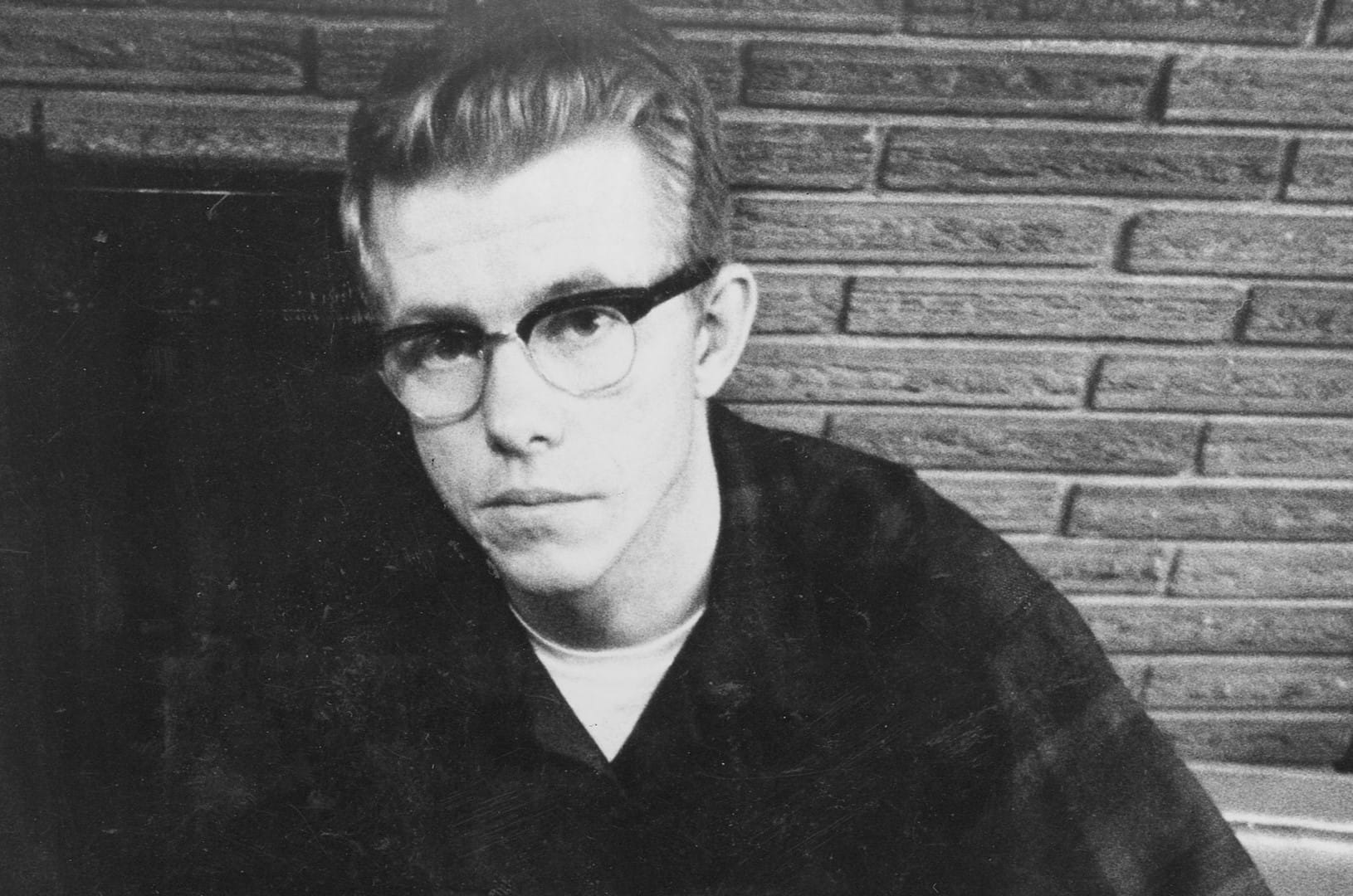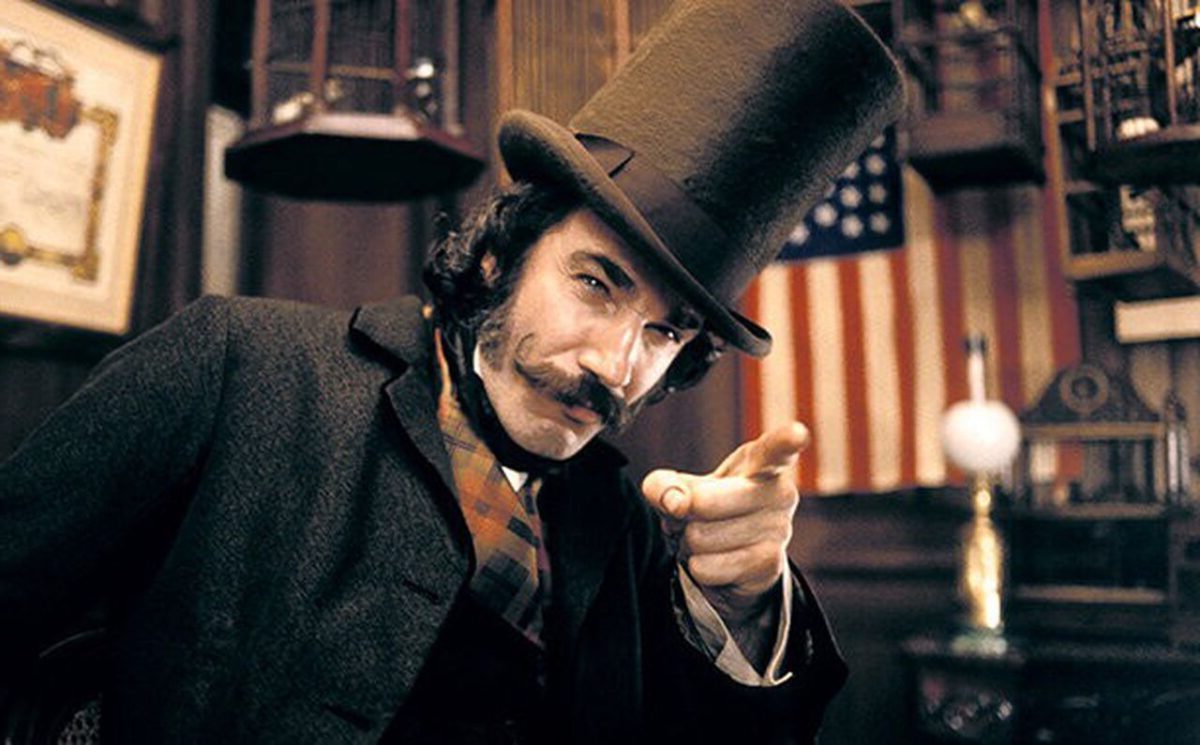
Who was Robert Hansen? Known as the "Butcher Baker," Robert Hansen was a notorious serial killer who terrorized Alaska in the 1970s and 1980s. Born in 1939, Hansen led a double life as a respected baker and a ruthless murderer. He lured women, often sex workers, into his trap, flying them to remote areas where he hunted them like wild game. His crimes went unnoticed for years due to his unassuming demeanor. Hansen's chilling story is a grim reminder of how appearances can be deceiving. This blog post delves into 37 intriguing facts about his life, crimes, and eventual capture. Buckle up for a deep dive into one of America's most disturbing criminal minds.
Key Takeaways:
- Robert Hansen, the "Butcher Baker," led a double life as a family man and a serial killer, showcasing the potential for evil in seemingly ordinary individuals.
- Hansen's capture led to changes in how law enforcement handles missing persons cases in Alaska, highlighting the importance of victim testimony in solving crimes.
Early Life and Background
Robert Hansen, also known as the "Butcher Baker," led a life that seemed ordinary on the surface. However, his early years were marked by events that shaped his future actions.
- Born on February 15, 1939, in Estherville, Iowa, Hansen grew up in a strict household with a domineering father.
- Hansen's father was a Danish immigrant who owned a bakery, where Robert worked long hours as a child.
- Suffering from severe acne and a stutter, Hansen was often bullied in school, leading to feelings of isolation.
- As a teenager, he found solace in hunting, a skill that would later play a dark role in his crimes.
- Hansen's first brush with the law came in 1960 when he was arrested for burning down a school bus garage.
Criminal Activities
Hansen's criminal activities escalated over time, eventually leading to a series of heinous crimes that shocked the nation.
- After moving to Alaska in 1967, Hansen began a new life, opening a bakery and becoming a respected member of the community.
- Despite his outward appearance, Hansen started abducting women in the early 1970s.
- He would fly his victims to remote areas in his private plane, where he would release and then hunt them like animals.
- Hansen was meticulous, keeping souvenirs from his victims, including jewelry and driver's licenses.
- His hunting ground was often the Knik River area, a remote and rugged part of Alaska.
Capture and Conviction
Hansen's reign of terror came to an end through a combination of police work and the bravery of one of his victims.
- In 1983, Cindy Paulson, a 17-year-old victim, managed to escape and provided crucial information to the authorities.
- Paulson's detailed description of Hansen's house and plane led to a search warrant.
- During the search, police found a hidden cache of weapons and mementos from his victims.
- Hansen initially denied the charges but eventually confessed to murdering 17 women.
- He was sentenced to 461 years in prison without the possibility of parole.
Psychological Profile
Understanding Hansen's psychological makeup provides insight into his motivations and actions.
- Hansen was diagnosed with bipolar disorder, which may have contributed to his erratic behavior.
- He exhibited traits of antisocial personality disorder, including a lack of empathy and remorse.
- Hansen's hunting of human beings was a twisted extension of his passion for hunting animals.
- He meticulously planned his crimes, showing a high level of organization and control.
- Hansen's ability to lead a double life, as a family man and a serial killer, baffled many.
Impact on Society
Hansen's crimes had a profound impact on the community and the field of criminal psychology.
- The case highlighted the vulnerability of women, particularly those involved in sex work.
- Hansen's capture led to changes in how law enforcement handles missing persons cases in Alaska.
- His story has been the subject of numerous books, documentaries, and films, including the 2013 movie "The Frozen Ground."
- The case brought attention to the importance of victim testimony in solving crimes.
- Hansen's crimes remain a chilling reminder of the potential for evil in seemingly ordinary individuals.
Legacy and Aftermath
The aftermath of Hansen's capture continues to influence criminal investigations and public awareness.
- Hansen died in prison on August 21, 2014, from natural causes.
- His case is often studied in criminal psychology courses to understand the mind of a serial killer.
- The Anchorage Police Department received commendations for their work in capturing Hansen.
- Hansen's story has been used to advocate for better protection and support for vulnerable populations.
- The case remains one of the most infamous in Alaska's history.
Lesser-Known Facts
Some lesser-known facts about Hansen add depth to the understanding of his life and crimes.
- Hansen was an avid bowhunter and held several hunting records in Alaska.
- He was married twice and had two children, who were unaware of his double life.
- Hansen's bakery was a popular spot in Anchorage, known for its delicious pastries.
- Despite his crimes, some who knew him described him as a quiet and unassuming man.
- Hansen's meticulous record-keeping included a map with marked locations of his victims' bodies.
- He often targeted women who were new to Anchorage, making it harder for authorities to track them.
- Hansen's case has inspired numerous fictional works, highlighting the enduring fascination with his story.
Final Thoughts on Robert Hansen
Robert Hansen's life and crimes paint a chilling picture of a man who led a double life. Known as the "Butcher Baker," he was responsible for the abduction, assault, and murder of at least 17 women in Alaska during the 1970s and early 1980s. His seemingly ordinary existence as a baker and family man masked his dark, violent tendencies. Hansen's method of hunting his victims in the Alaskan wilderness added a terrifying layer to his crimes. His eventual capture and conviction brought some closure to the families of his victims, but the horror of his actions remains a stark reminder of the evil that can lurk beneath a seemingly benign exterior. Understanding Hansen's story is crucial for recognizing the signs of such dangerous individuals and preventing future tragedies. Stay informed, stay vigilant, and remember the importance of justice for the victims.
Frequently Asked Questions
Was this page helpful?
Our commitment to delivering trustworthy and engaging content is at the heart of what we do. Each fact on our site is contributed by real users like you, bringing a wealth of diverse insights and information. To ensure the highest standards of accuracy and reliability, our dedicated editors meticulously review each submission. This process guarantees that the facts we share are not only fascinating but also credible. Trust in our commitment to quality and authenticity as you explore and learn with us.


